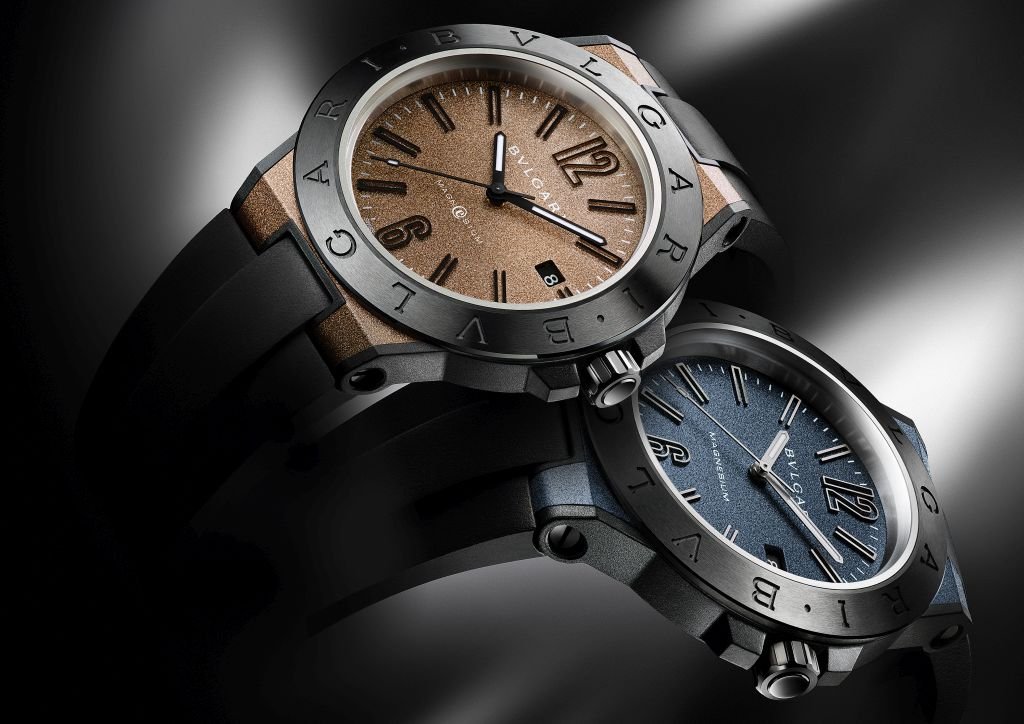Apple Watch beware: Switzerland is unleashing a wave of smart tech at the high end

“An expensive watch is a piece of art, part of eternity,” professed LVMH’s bumptious watch chief and erstwhile industry spokesman Jean-Claude Biver on CNN in February. “Because,” he explained, “a watch that is made by hand can be repaired in a thousand years. A technological watch will be obsolete in probably five.”

The Bulgari Magn@sium, which uses Wis@key encryption to unlock your digital data

The Montblanc TimeWalker Urban Speed e-Strap adds a Bluetooth module to the strap of the mechanical

Containing Frederique Constant and FullPower Technologies' "MotionX" fitness tracker is the new Horological Smartwatch